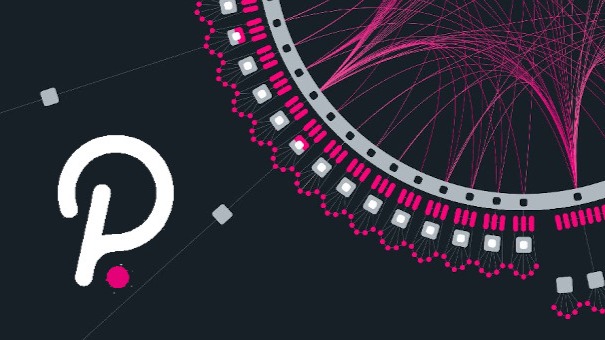Introduction: Polkadot, the innovative blockchain platform designed to facilitate interoperability between different blockchains, recently made headlines with the launch of a significant runtime upgrade. While such upgrades are typically anticipated to enhance network performance and functionality, the latest development took an unexpected turn. In this blog post, we’ll delve into the details of Polkadot’s runtime upgrade and explore the surprising outcome that followed.
The Polkadot Runtime Upgrade: Polkadot’s runtime upgrade, known as “Parachain 1,” was eagerly awaited by the crypto community for its potential to introduce new features and improvements to the network. Runtime upgrades are crucial for blockchain platforms like Polkadot as they allow for the implementation of protocol changes, bug fixes, and the integration of new features without requiring a hard fork.
The Parachain 1 upgrade was intended to enhance Polkadot’s capabilities in various areas, including security, scalability, and interoperability. It aimed to lay the groundwork for the deployment of parachains, specialized blockchains that can connect to and communicate with the Polkadot relay chain.
The Unexpected Outcome: However, shortly after the rollout of the Parachain 1 upgrade, reports began to emerge of unexpected behavior and performance issues within the Polkadot network. Users and developers reported disruptions in transaction processing, network congestion, and instability in certain functions.

The unexpected outcome of the runtime upgrade caught many by surprise, prompting speculation and concern within the Polkadot community. Questions arose regarding the cause of the issues and the potential impact on the network’s long-term viability.
Analysis and Response: In response to the unexpected outcome of the Parachain 1 upgrade, the Polkadot development team swiftly launched an investigation to identify the root cause of the issues and implement necessary fixes. They conducted thorough testing and analysis to assess the impact of the upgrade on network performance and stability.
Through collaboration with validators, developers, and community members, the Polkadot team worked diligently to address the challenges posed by the runtime upgrade. They released patches and updates to mitigate the issues and restore normal network operation as quickly as possible.
Lessons Learned and Future Outlook: The unexpected outcome of Polkadot’s Parachain 1 upgrade serves as a reminder of the complexities and challenges inherent in blockchain development and network upgrades. While such events can be disruptive, they also present valuable learning opportunities for improving protocols and processes.
As Polkadot continues to evolve and mature, the lessons learned from the Parachain 1 upgrade will inform future development efforts and protocol upgrades. The resilience and adaptability demonstrated by the Polkadot community in response to the unexpected outcome underscore its commitment to building a robust and innovative blockchain ecosystem.
Conclusion: Polkadot’s runtime upgrade, intended to introduce new features and enhancements to the network, took an unexpected turn with the emergence of performance issues and disruptions. However, through proactive investigation, collaboration, and responsive action, the Polkadot team and community rallied to address the challenges and restore network stability.
As blockchain technology continues to advance, unforeseen challenges may arise, but it is the ability to overcome them and emerge stronger that drives progress and innovation. With a steadfast commitment to excellence and a shared vision for the future of decentralized technology, Polkadot remains at the forefront of blockchain innovation.

